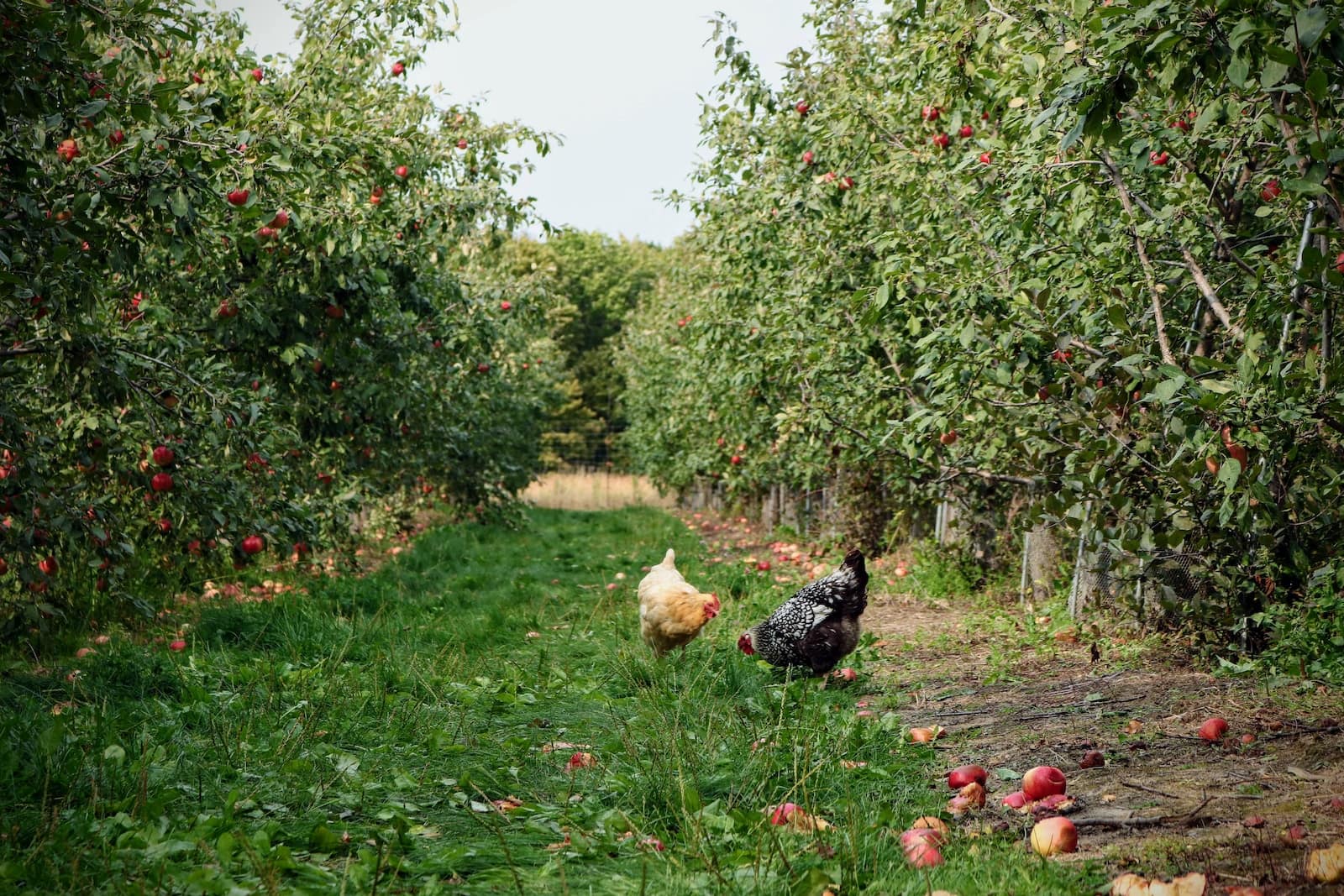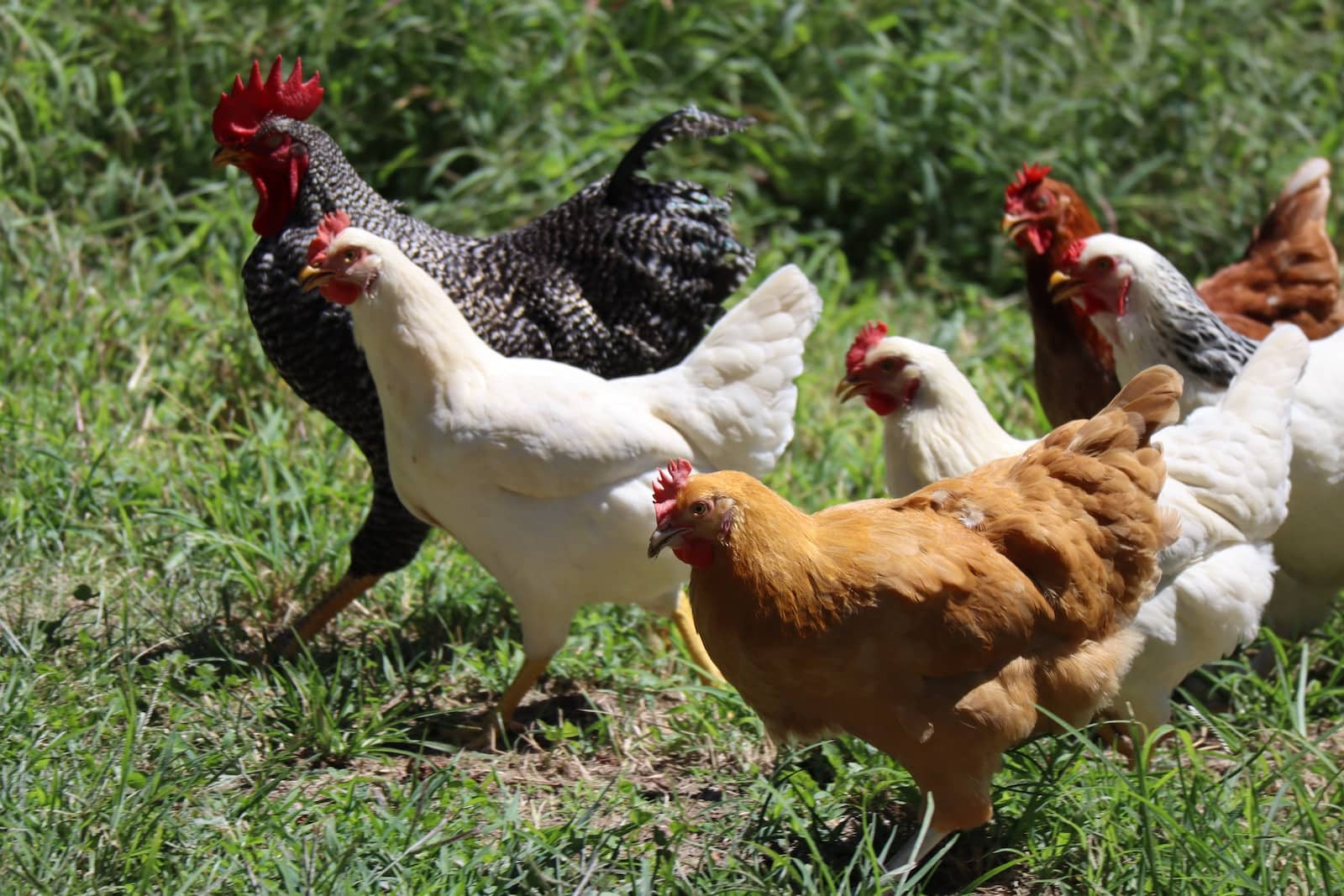When it comes to raising chickens, one of the most rewarding aspects is collecting fresh eggs straight from the coop. However, not all chickens lay the same quality of eggs. Some breeds are known for producing larger eggs, while others lay eggs with stronger shells or richer yolks. As an experienced chicken owner, I have tried and tested many different breeds and can confidently share which chickens lay the best eggs.
First and foremost, it’s important to consider the size of the egg. If you’re looking for large eggs, breeds like Rhode Island Reds, Plymouth Rocks, and Sussex chickens are great options. These breeds are known for consistently laying eggs that are larger than average. However, if you prefer smaller eggs for cooking or portion control, bantam breeds like Silkies and Seramas are great choices.
In addition to size, the quality of the eggshell is also important. Chickens that lay eggs with thick, strong shells are better equipped to protect the egg and keep it fresh. Breeds like Leghorns and Easter Eggers are known for producing eggs with strong shells. On the other hand, some breeds like Polish chickens may lay eggs with thinner shells, which can make them more prone to cracking.
Understanding Chicken Breeds
When it comes to choosing the right breed of chicken for egg production, it’s important to understand the characteristics of different breeds. Here are some of the most popular breeds and what you need to know about them:
Rhode Island Red
Rhode Island Reds are a popular breed for egg production due to their ability to lay large brown eggs consistently. They are also known for being hardy and adaptable to a variety of climates.
Leghorn
Leghorns are another popular breed for egg production, known for their ability to lay large white eggs. They are a smaller breed and are known for being active and flighty.
Plymouth Rock
Plymouth Rocks are a dual-purpose breed, meaning they are good for both egg production and meat. They are known for being friendly and easy to handle, and they lay brown eggs.
Orpington
Orpingtons are a larger breed known for their docile temperament and ability to lay large brown eggs. They are also good for meat production.
Sussex
Sussex chickens are a hardy breed that come in a variety of colors. They are good for egg production, laying large brown eggs consistently.
Easter Egger
Easter Eggers are not a specific breed, but rather a hybrid that can lay eggs in a variety of colors, including blue and green. They are a popular choice for backyard flocks due to their colorful eggs.
Australorp
Australorps are a breed from Australia known for their ability to lay large brown eggs consistently. They are also good for meat production and are known for being calm and easy to handle.
Wyandotte
Wyandottes are a dual-purpose breed known for their ability to lay large brown eggs and their meat quality. They are also known for being cold-hardy and good for backyard flocks.
Other Breeds
There are many other breeds that can be good for egg production, including the Black Star, Marans, and Ancona. It’s important to do your research and choose a breed that fits your specific needs and climate.
Egg Laying Rankings
| Rank | Chicken Breed | Estimated Eggs Per Year | Egg Size | Shell Quality | Notes |
|---|---|---|---|---|---|
| 1 | Leghorn | Up to 280 | Large (White) | Strong | Active and flighty |
| 2 | Golden Comet | Up to 300 | Brown | Not specified | Hybrid breed, friendly personality |
| 3 | Rhode Island Red | Varies around 250 | Large (Brown) | Not specified | Hardy, adaptable, popular for egg production |
| 4 | Australorp | Varies around 250 | Large (Brown) | Not specified | Calm and easy to handle |
| 5 | Plymouth Rock | Varies around 250 | Brown | Not specified | Dual-purpose, friendly and easy to handle |
| 6 | Sussex | Varies around 250 | Large (Brown) | Not specified | Hardy, comes in various colors |
| 7 | Orpington | Varies around 250 | Large (Brown) | Not specified | Docile, good for meat production |
| 8 | Wyandotte | Varies around 250 | Brown | Not specified | Cold-hardy, dual-purpose |
| 9 | Easter Egger | Varies around 250 | Various Colors | Strong | Hybrid, known for colorful eggs |
| 10 | Marans | Varies around 250 | Not specified | Not specified | Known for egg production but no specific numbers given |
| 11 | Ancona | Varies around 250 | Not specified | Not specified | Known for egg production but no specific numbers given |
| 12 | Black Star | Varies around 250 | Not specified | Not specified | Known for egg production but no specific numbers given |
| 13 | Silkies | Fewer eggs | Small | Not specified | Bantam breed, preferred for smaller eggs |
| 14 | Seramas | Fewer eggs | Small | Not specified | Bantam breed, good for small egg preference |
| 15 | Polish | Varies around 250 | Not specified | Thinner | Prone to cracking due to thinner shells |
Factors Affecting Egg Production
As someone who has raised egg-laying chickens for several years, I have learned that several factors affect egg production. Here are some of the most important factors that every chicken keeper should consider:
Breed
The breed of chicken you choose will significantly affect the number of eggs your hens lay. Some breeds, such as Leghorns, are excellent egg-layers and can lay up to 280 eggs per year. Other breeds, such as Silkies, lay fewer eggs. It’s essential to research the egg-laying capacity of different breeds before deciding which to keep.
Age
Age is another crucial factor that affects egg production. Hens typically begin laying eggs at around five months old and lay the most eggs during their first year of life. After the first year, egg production will gradually decline. By the time a hen is three years old, she may only lay half as many eggs as she did during her first year.
Diet
A balanced diet is essential for egg production. Hens need a diet that is high in protein and calcium to produce healthy eggs. A diet that is deficient in these nutrients can lead to poor egg quality and a decrease in egg production. Supplementing the hens’ diet with oyster shells or crushed eggshells can provide the calcium they need to produce strong eggshells.
Nest Boxes
Hens need a comfortable and secure place to lay their eggs. Nest boxes should be clean, dry, and free from drafts. Providing enough nest boxes for your hens is crucial to prevent overcrowding and egg-laying competition.
Lighting
The amount of light that hens receive can also affect egg production. Hens need at least 14 hours of daylight to lay eggs consistently. Supplemental lighting can be used to ensure that hens receive enough light during the winter months when daylight hours are shorter.
In conclusion, several factors affect egg production, including breed, age, diet, nest boxes, and lighting. By considering these factors and providing your hens with the ideal conditions, you can ensure that they lay the best eggs possible.
Raising Chickens for Optimal Egg Production
When it comes to raising chickens for optimal egg production, there are a few important factors to consider. First and foremost, selecting the right breeds is crucial. Some of the best chicken breeds for egg production include Leghorns, Rhode Island Reds, and Plymouth Rocks.
In addition to breed selection, providing a balanced and nutritious diet is essential. Chickens should have access to clean water and a high-quality feed that is rich in protein and essential vitamins and minerals. Supplementing their diet with fresh fruits and vegetables can also help improve egg quality.
The temperament of your chickens can also impact egg production. Choosing docile and friendly breeds can help reduce stress and encourage consistent laying. Additionally, keeping a clean and well-maintained coop and providing ample forage and free-range opportunities can also promote healthy egg production.
It’s also important to consider the climate in which you are raising your chickens. Extreme temperatures can impact egg production, so ensuring that your coop is properly insulated and ventilated can help maintain a comfortable and consistent environment.
Lastly, collecting eggs regularly and providing clean nesting boxes and feeders can help prevent contamination and improve egg quality. With the right care and attention, raising chickens for fresh, high-quality eggs can be a rewarding and enjoyable experience.
Hybrid and Dual-Purpose Chickens
When it comes to egg-laying chickens, hybrid and dual-purpose breeds are a popular choice for many backyard chicken keepers. These breeds are specifically bred for their egg-laying abilities and are known to produce a high number of eggs per year.
Hybrid breeds, such as the Golden Comet chicken, are a cross between two or more purebred chicken breeds. They are known for their high egg production, docile temperament, and hardiness. Golden Comet chickens, in particular, are popular for their friendly personalities and ability to lay up to 300 brown eggs per year.
Dual-purpose chickens, on the other hand, are bred for both their egg-laying abilities and their meat. They are a great option for those who want to raise chickens for both purposes. Some popular dual-purpose breeds include the Rhode Island Red, Plymouth Rock, and Sussex. These breeds, often considered as rare and heritage chicken breeds, may not grow as quickly as commercial broilers but offer a unique taste and texture to those seeking a more traditional farming approach.
While hybrid and dual-purpose breeds may not lay as many eggs as some purebred breeds, they are still a great option for those who want a reliable source of fresh eggs. Plus, these breeds often have other desirable qualities, such as being easy to care for and having a friendly demeanor.
Overall, when it comes to choosing the best chickens for eggs, hybrid and dual-purpose breeds are definitely worth considering. They offer a great balance of egg production, meat quality, and overall temperament.


